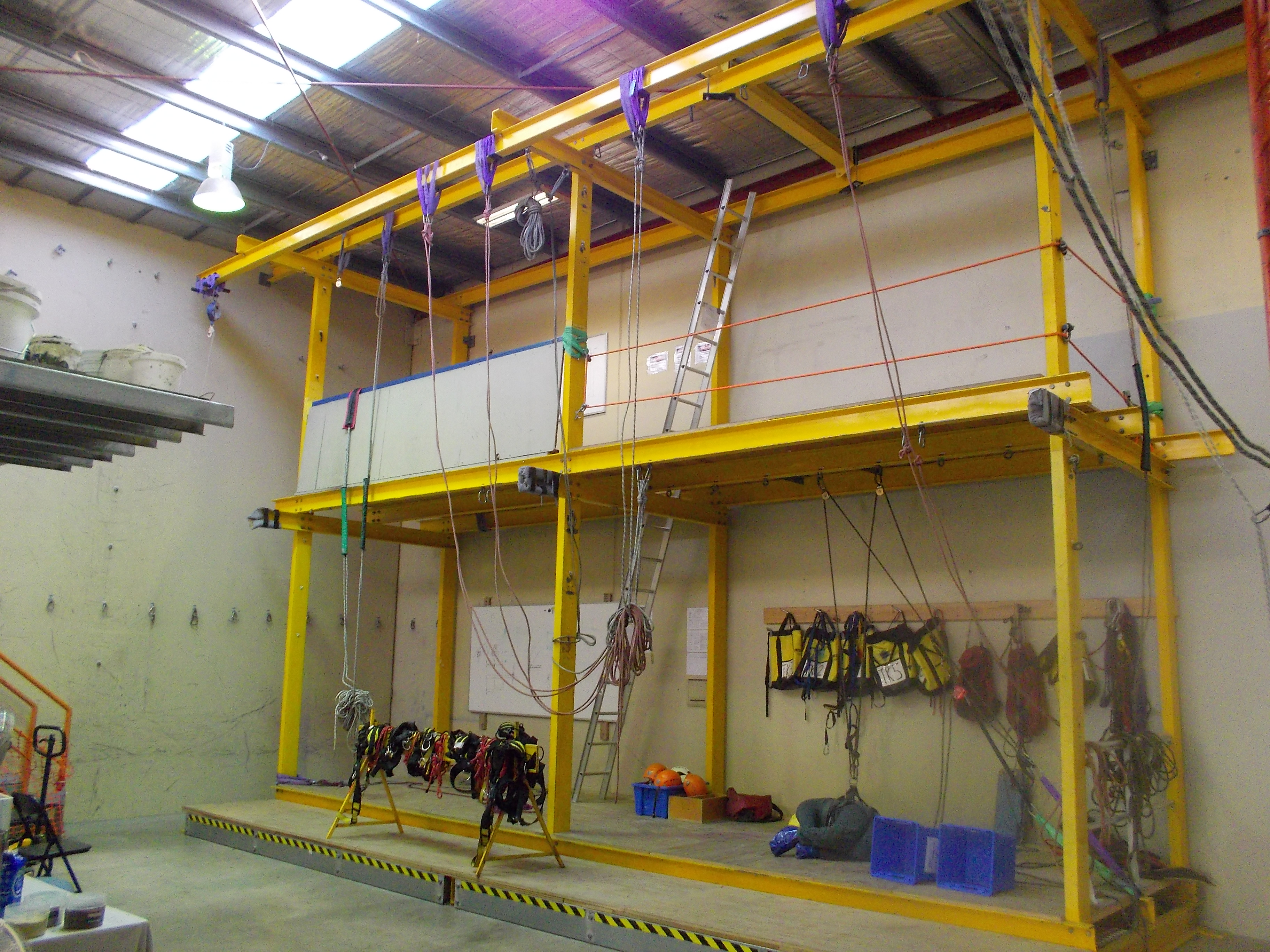
Rope Access Technologies runs training courses for industrial rope access certification under the guidelines and Code of Practice set down by the International Rope Access Technicians Association (IRATA).
IRATA is an internationally renowned association, with nearly 100,000 members working all over globe, in all manner of industries including oil and gas, mining, construction and commercial industries.
Our training courses are run each month, and separated into Level 1 specific courses, followed by Level 2 & 3 technician courses.
All of our courses include:
- 4 days of rope access training, including both theory work and practical training
- 1 assessment day, held on the final day of the course week. All assessments are run by an independent external assessor
- Morning tea and lunch each day, including tea/coffee and fresh fruit
- Registration with IRATA International
- Technician logbook, ID card and certificate
- Training equipment for the course
- Course training materials, including IRATA training manual
The IRATA certification scheme has 3 levels of training, all of which are outlined below.
Level 1:Under the supervision of a Level 3 Rope Access Supervisor, a Level 1 technician is capable of performing a range of rope access tasks. He/she is:
a) able to understand and follow the rope access procedures, method statements and associated risk assessments;
b) responsible for pre-use checks of his/her own rope access equipment;
c) able to assist in rigging and other operations, under the guidance of a higher grade;
d) able to undertake a simple rescue in descent, and assist in rescue operations.
Level 1 candidates will be trained in the following rope access techniques:
- Descending ropes
- Ascending ropes
- Transferring between 2 sets of ropes
- Passing knots/deviations, obstructions and re anchors
- Horizontal aid climbing on fixed and movable anchors
- Basic rescue of a casualty
- Tying knots
- Building anchor systems
- Use of fall protection equipment
Level 2: As an experienced rope access technician, a Level 2 technician is able to perform more complex tasks under the supervision of a Level 3 rope access safety supervisor. He/she is:
a) able to demonstrate the skills and knowledge required of Level 1;
b) capable of more complex rigging, including re-belays, deviations and tensioned lines;
c) able to undertake rescues from a variety of situations;
d) able to assemble and implement hauling systems.
Level 2 candidates can expect to be trained in the following techniques:
- Refresher training in all Level 1 manoeuvers
- Rigging of re-anchors, deviations, work restraint lines, tensioned lines and vertical fall arrest systems
- Rigging of rescue systems to allow for hauling, lowering and cross hauling
- Vertical aid climbing
- Intermediate rope rescue systems including passing deviations with a casualty, rope to rope transfers with a casualty and passing re anchors with a casualty
- Climbing rescues such as rescue from aid climbing and rescue from fall arrest equipment
Level 3: This is an experienced rope access Technician who is responsible for understanding and implementing
the rope access procedures, method statements and associated risk assessments, and:
a) is able to demonstrate the skills and knowledge required of Levels 1 and 2;
b) understands the elements and principles of IRATA International’s safe system of work;
c) is conversant with relevant work techniques and legislation;
d) has an extensive knowledge of advanced rope access rigging and rescue techniques;
e) holds an appropriate and current first-aid certificate.
Level 3 candidates are expected to be competent in all of the manoeuvers covered in both the Level 1 & 2 courses, and will be introduced to more complex techniques such as:
- Mid rope transfer rescues
- Passing mid rope knots with a casualty
- Use of tensioned lines for rescue
- Rescue from aid climbing on a short link connection
Level 3 candidates will also be expected to present a rescue scenario involving a team of technicians. This rescue will be run as part of the assessment day for the Level 3 candidates.